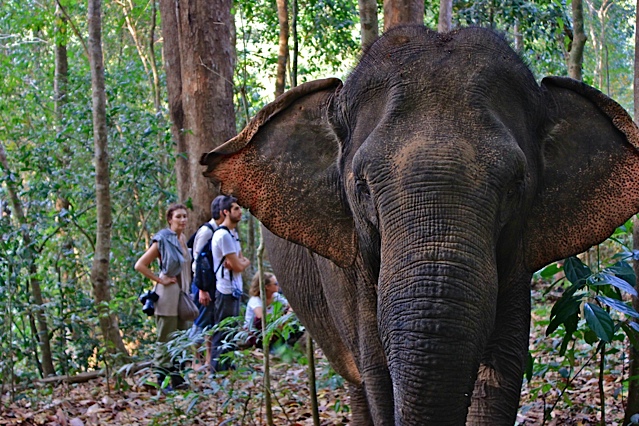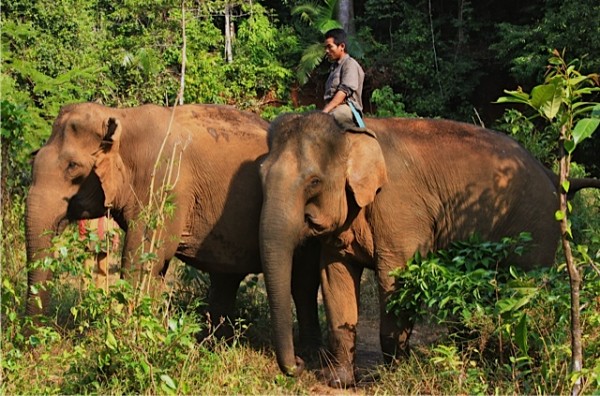Once upon a time a group of men went fishing in the river. When they caught some fish, half the men ate them and the others didn’t. The next day, those who had eaten the fish awoke as elephants.
THIS IS the creation story of the Bunong people. To the Bunong, men and elephants were once the same and until not so long ago could even speak a common language.

